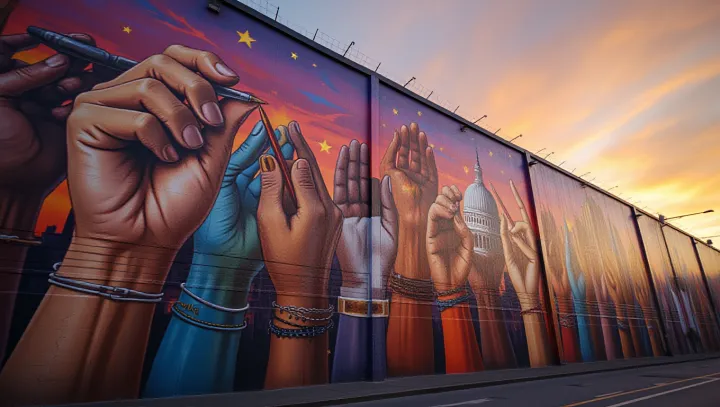Art's Catalytic Role in Social Transformation

In recent years, art has increasingly been recognized as a powerful tool for enacting social change. Across the globe, from the culturally vibrant streets of New York to the artistic enclaves of Paris, artistic endeavors have taken center stage in socio-political movements. Artists and cultural institutions are harnessing the emotional depth and visual appeal of art to spark conversations on pressing issues such as racial inequality, climate change, and human rights.
This phenomenon is fostering a global dialogue, pushing boundaries, and reshaping societal norms. Notably, in the vibrant city of Berlin, a recent installation by noted artist Anna Schnitt emphasizes climate action, encouraging both local and global communities to engage deeply with environmental challenges through a vivid public display. Such initiatives highlight art's unique ability to connect individuals emotionally, prompting broader civic engagement.
Experts like Dr. Jonathan Harris, a sociologist at the University of London, affirm the transformative potential of art, stating, 'Art functions not only as a mirror to society but also as a hammer with which to shape it.' This underscores the capacity of creative expression to influence attitudes and foster meaningful societal development. With the ever-growing impact of digital platforms, art's reach and influence continue to expand, making it an essential component in the toolkit for social advocates.
As art continues to influence hearts and minds, its role in promoting social change becomes ever more indispensable.
